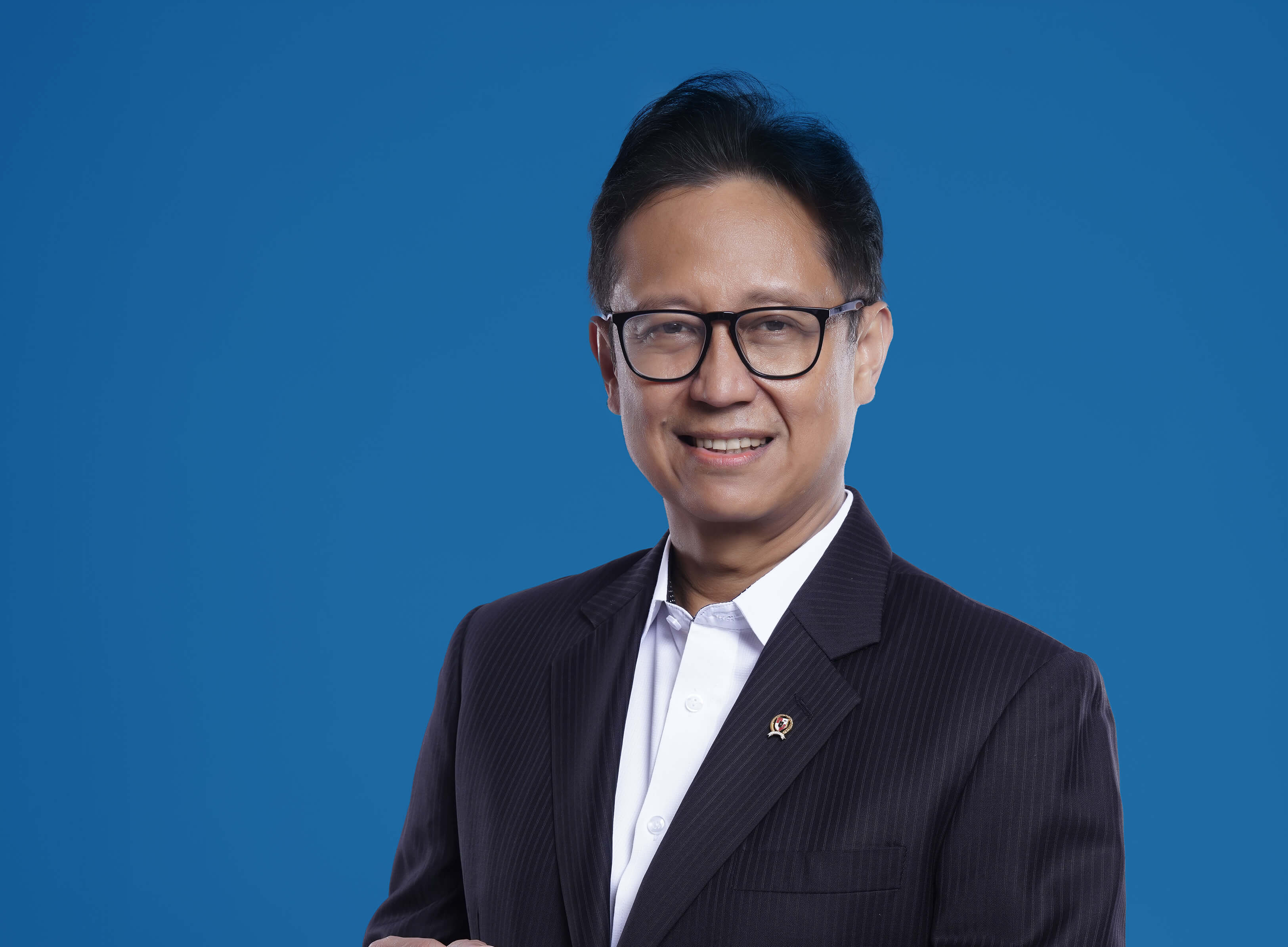


Hugh Lim, Executive Director of Centre for Liveable Cities, weighs in on what it takes to build pandemic-proof and resilient cities based on the practices that worked and deficiencies that emerged during the COVID-19 pandemic.
He discusses the benefits of transforming Southeast Asian cities into smart cities, particularly the role that smart solutions play in accelerating post-pandemic recovery and ensuring urban resilience to future crises.
COVID-19 spread rapidly in cities and caught the urban population off-guard. What changes—especially in infrastructure, human settlements, and urban systems and logistics—should cities make to keep urban dwellers safe from and more resilient against similar public health emergencies in the future?
Singapore entered the COVID-19 pandemic with the benefit of prior experience dealing with the severe acute respiratory syndrome (SARS) outbreak in 2003. However, the COVID-19 crisis brought with it even greater risks from the asymptomatic spread, which was different from our previous battle with SARS. This experience has shown us that any new disease outbreak could be very different from the last one.
Notwithstanding this, there are steps we can take to build up resilience in the face of future crises, including public health emergencies.
First, cities should invest in whole- of-society resilience.
When the pandemic first struck, cities needed to rapidly roll out infrastructure for treatment and quarantine whilst rolling out interventions to promote safe distancing and a clean and safe environment. Such just-in-time responses require cities to invest in building resilience, such as identifying and preparing just-in-case facilities and spaces and developing emergency preparedness mechanisms.
This pandemic has also highlighted the importance for cities to invest in sufficient social infrastructure such as healthcare services to support all communities. Otherwise, a crisis may result in uneven outcomes, as well as unwelcome competition for resources.
Achieving environmental health also requires a whole-of-community effort. Aside from investing in cleaning services and technology, cities need to think about how to sustain public hygiene habits and behaviours, and more generally, build the trust that is required for adherence to health and safety measures, such as the wearing of masks.
Important elements like trust and collaboration across society need to be built up over time.
Second, there is a need for us to rethink planning paradigms.
COVID-19 has shifted the way we live, work, play, and learn. It is too soon to conclude the eventual landing for trends such as working-from-home, but it is clear that COVID-19 has accelerated digitalisation in our cities. Digitalisation presents opportunities for greater agility in how we plan and programme our cities—more spaces can serve multiple purposes, and digital platforms can be leveraged to enable places to be more flexible in use.
Similarly, hyper-local living patterns observed across cities during lockdowns highlighted the important role that neighbourhoods play in liveability. Cities will need to consider how to create better, healthier, more inclusive neighbourhoods, with a mix of uses that support work and leisure and access to nature, near the home. Planning and activating a city for the health of its residents is not a new theme, but it is certainly one that has come to the fore because of the COVID-19 pandemic.
The pandemic disrupted the food supply chain, affecting farm production, food processing and manufacturing, transport and logistics, and consumption. This impacted cities the most. How does Singapore handle these disruptions, ensure food security, and provide essential goods and services for its population in the pandemic? What lessons can cities learn from Singapore’s experience?
As an island-city-state, Singapore has limited land to produce much of its goods and food, and leverages its connectivity and global trade to facilitate supply flows. Keeping supply chains resilient is something we pay constant attention to.
Since SARS, Singapore has kept a certain level of stockpiles for essentials such as medical supplies. However, the speed and scale of border closures, disruptions to supply chains and imposition of export restrictions due to the COVID-19 pandemic were unprecedented.
There are five observations from our experience.
First, given the global disruption in supply chains, keeping a certain amount of stocks for essential goods like food and medical supplies is a necessity. Cities may also need flexibility in land and space usage to cater for surge requirements. For instance, parts of the recently decommissioned Tanjong Pagar Terminal were retrofitted and repurposed into a dedicated cold storage facility for vegetables and protein.
Second, to prepare for future crises, cities may need to expand their scope in stockpiling and have an emergency procurement strategy. Expanding the scope of stockpiling will have implications on space and infrastructure needs —cities will need to consider how to enlarge the capacity of current storage spaces and the logistics needed for effective last-mile distribution of items. Cities also need to consider emergency procurement strategies to respond to disruptions quickly.
Third, land-scarce, high-density cities need to make innovative uses of land and space to ramp up local production to achieve some degree of self-sufficiency for essential items. For example, Singapore encouraged the development of Integrated Construction and Prefabrication Hubs— multi-storey manufacturing facilities for building components with a high degree of automation, for more efficient land and space utilisation, and to reduce wastage of raw materials.
Fourth, cities need to understand and address risks and interdependencies in essential supply chains. Key strategies to mitigate such risks include diversification from any single source, assessing interdependencies in supply chains, working closely with different nations to keep borders open, and leveraging on the resources of private and non-profit sectors.
Fifth, in the medium-term, cities must seek to move towards greater circularity. Supply chain disruptions highlighted the need to promote a more sustainable way of living. A circular system would mean that cities could make resources last longer. Reusing discarded items or refurbishing is an effective way of reducing dependency on imports. Singapore is investing to identify innovative ways to improve recycling and reuse rates such as repurposing its incinerator bottom ash to be used as road construction material (i.e. NEWSand).
Countries have developed strategies to recover from the COVID-19 crisis and emerge even stronger. What role do smart cities development play in post-pandemic recovery and reconstruction?
Technology and digital services have become crucial in providing new and safe ways to connect and access urban services, and will continue to do so.
Cities should accelerate their digitalisation plans to better serve citizens and residents across age groups and income brackets.
In a post-pandemic recovery, cities will need to consider how physical infrastructure should be planned to include digital infrastructure, to support remote working and schooling. Such digital infrastructure may also support remote healthcare and services for the elderly at home.
There is an increasing opportunity for greater digital innovation to meet the need for urban services. To respond to the challenges of COVID-19 in Singapore, for example, applications such as TraceTogether and SafeEntry were extremely important to support contact tracing efforts, whilst the Space Out and Safe Distance @ Parks platforms provided information on crowd levels so that people could make informed decisions on their outdoor visits during periods of heightened risk.
The private sector and civil society also responded by rolling out new platforms and apps such as e-payments for hawkers, delivery services and cloud kitchens, and community-based apps to match volunteers with seniors needing help. Some of these new solutions have potentially long- lasting implications for how we plan and operate our cities in the future. For instance, cloud kitchens are not new, but their growth has been accelerated by COVID-19, as more people make use of food delivery services in Singapore.
Importantly, while smart city technologies are key enablers for liveable, sustainable, and resilient cities of the future, they must be accessible to all. The effectiveness of digital solutions for the health and resilience of a city often depends on their acceptance and use by a large part of the population. In Singapore, “digital ambassadors” assist small businesses and the elderly to get comfortable with smartphones and applications, among other initiatives.








